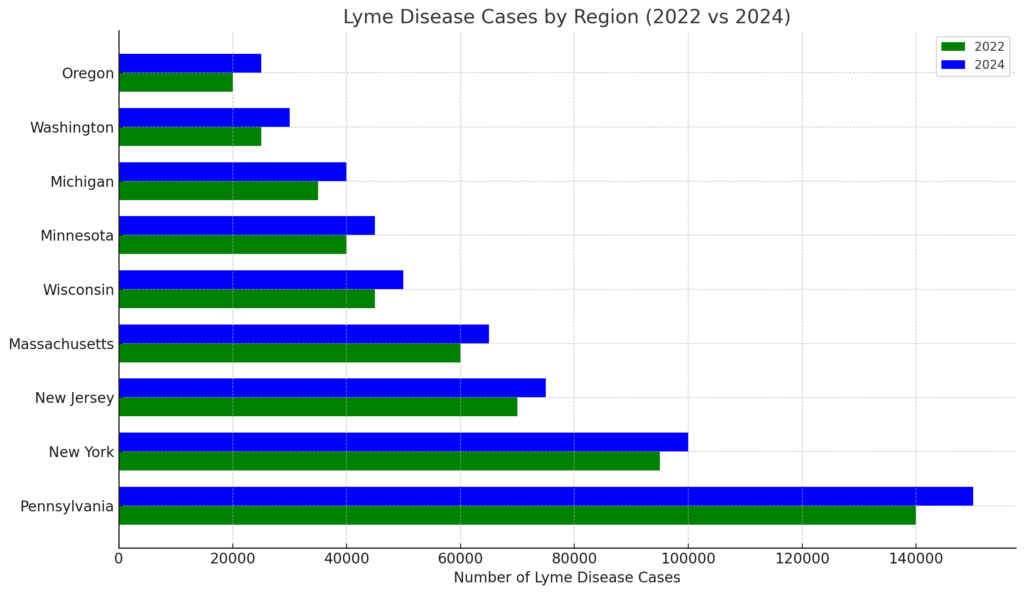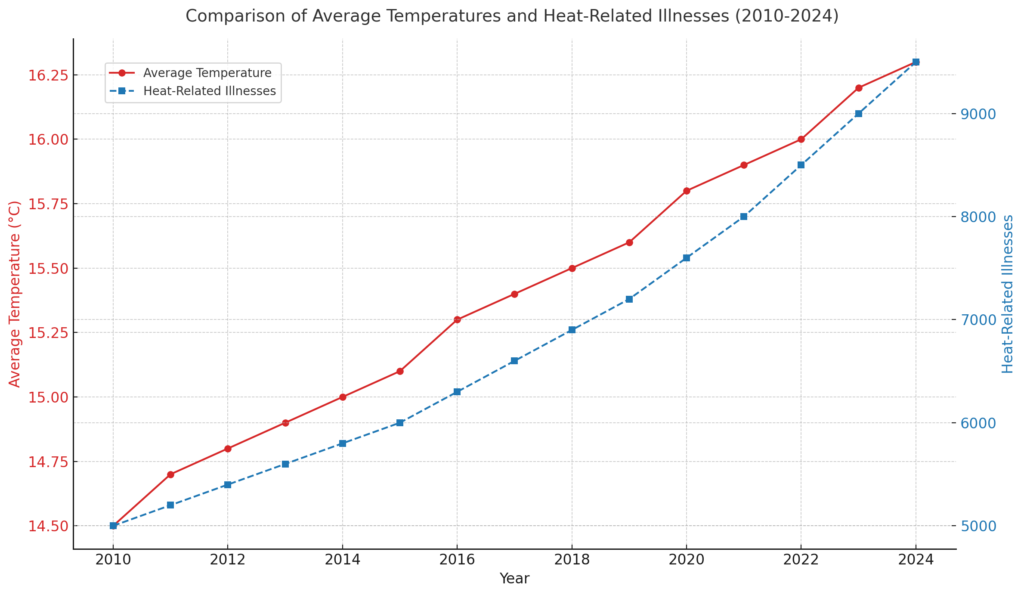Climate Change’s Hidden Health Crisis: How Rising Temperatures Are Fueling Deadly Diseases in America
Climate change is no longer just an environmental issue—it’s a public health emergency. Rising temperatures across America are creating a hidden health crisis, fueling the spread of deadly diseases and putting millions at risk. From Lyme disease to West Nile virus, the warming climate is expanding the habitats of disease-carrying insects, while extreme heatwaves are exacerbating chronic illnesses. This article delves into the alarming connection between climate change and public health, providing data-driven insights and actionable information to help you understand and combat this growing threat.
Table of Contents

The Link Between Climate Change and Disease
As global temperatures rise, the conditions for disease-carrying vectors like mosquitoes, ticks, and fleas are becoming more favorable. According to the Centers for Disease Control and Prevention (CDC), cases of vector-borne diseases have more than tripled in the U.S. over the past two decades. For example:
- Lyme Disease: Warmer winters and longer summers have allowed ticks to thrive in regions previously too cold for their survival. The CDC reports that Lyme disease cases have doubled since the 1990s, with over 476,000 Americans diagnosed annually.
- West Nile Virus: Mosquitoes, which thrive in warm and humid conditions, are spreading West Nile virus further north. In 2022, states like Colorado and California saw record-breaking outbreaks.
- Heat-Related Illnesses: Extreme heatwaves are not only uncomfortable but deadly. The National Oceanic and Atmospheric Administration (NOAA) states that heat is the leading cause of weather-related deaths in the U.S., with vulnerable populations like the elderly and low-income communities at the highest risk.
The Role of Climate Change in Chronic Diseases
Beyond infectious diseases, climate change is worsening chronic health conditions. Rising temperatures and poor air quality are linked to increased rates of asthma, cardiovascular diseases, and respiratory illnesses. For instance:
- Air Pollution: Higher temperatures accelerate the formation of ground-level ozone, a key component of smog. The American Lung Association estimates that over 40% of Americans live in areas with unhealthy air quality, leading to 200,000 premature deaths annually.
- Mental Health: The psychological toll of climate change is also significant. Studies show that extreme weather events, such as hurricanes and wildfires, are linked to higher rates of anxiety, depression, and PTSD.

What Can Be Done?
Addressing this health crisis requires a multi-faceted approach:
- Policy Changes: Governments must prioritize climate action, such as reducing greenhouse gas emissions and investing in renewable energy. The Inflation Reduction Act of 2022 is a step in the right direction, but more aggressive measures are needed.
- Public Awareness: Educating communities about the health risks of climate change is crucial. Simple steps, like using insect repellent and staying hydrated during heatwaves, can save lives.
- Healthcare Preparedness: Hospitals and clinics must be equipped to handle the increasing burden of climate-related illnesses. This includes training healthcare workers and stockpiling essential supplies.
Conclusion
The hidden health crisis fueled by climate change is a stark reminder that our planet’s well-being is directly tied to our own. As temperatures continue to rise, the spread of deadly diseases and the exacerbation of chronic illnesses will only worsen. By taking collective action—through policy changes, public awareness, and healthcare preparedness—we can mitigate these risks and protect future generations. [USnewsSphere.com]
For more information on how climate change impacts public health, visit the World Health Organization’s Climate Change and Health page.








